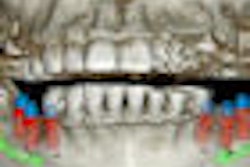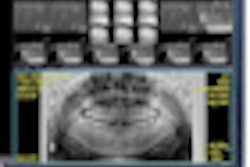The Diagnodent (KaVo Dental) was more accurate than the Midwest Caries I.D. (Dentsply International) in determining when teeth were free of occlusal caries, while the Midwest Caries I.D. more often revealed the presence of occlusal caries, according to a study in Lasers in Medical Science (November 12, 2011).
The study, conducted at the University of Gaziantep in Turkey, consisted of 129 visually sound or noncavitated pits or fissures in 82 extracted permanent human molars. Two trained examiners used the Diagnodent and Midwest Caries I.D. to examine the fissures for caries. The teeth were then sectioned at the surfaces suspected of containing occlusal caries and histologically evaluated using stereomicroscopy.
The specificity of the Diagnodent varied from 0.49 to 0.97 at T1 and T2, and its sensitivity varied from 0.33 to 0.65 at T1 and T2. The specificity of the Midwest Caries I.D. varied from 0.48 to 0.56 at T1 and T2, and its sensitivity varied from 0.65 to 0.84 at T1 and from 0.80 to 0.84 at T2.
"Taking the limitations of the current study into consideration, the Diagnodent laser pen was more accurate in determining when teeth were free of occlusal caries than was the Midwest Caries I.D., although the Midwest Caries I.D. device more often revealed the presence of occlusal caries than did the DiagnoDent pen," the study authors concluded.



















